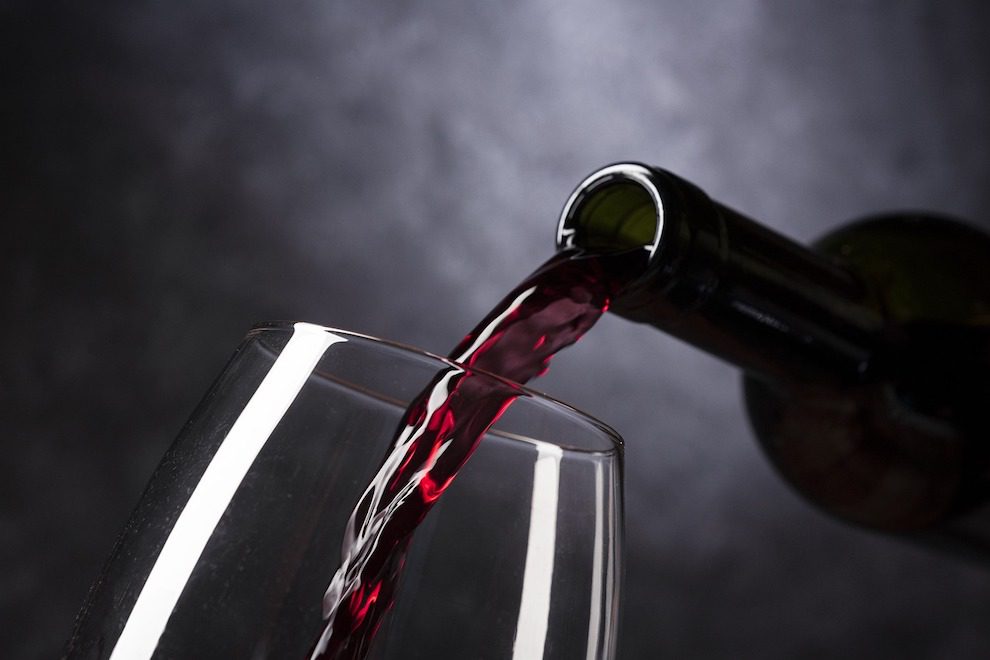Some say wine lovers in Macao are blessed with abundance. The city is a sales tax-free jurisdiction, with zero import duty, and offers a wide selection of wines from all countries, and with choices that can meet any consumer taste – from the very affordable wines in your neighbourhood grocery shop to the super-premium wines available in Michelin-starred restaurants and luxury hotels. This also means choosing the right wine for yourself can be a tricky task, due to the range of price points and the variety of languages – many unfamiliar to the consumer – to be found on wine bottle labels. So, where to begin?
In order to understand fully the marketplace today, it is worth taking a look at the history of wine consumption in Macao. Wine has always been a staple on the dining table of Portuguese families. Emigrants from Portugal were believed to have been the first to bring the wine-drinking culture to this part of the world, in the 16th century, with the advent of Sino-Portuguese trading. The local Macanese community – i.e. the city’s Eurasian population, people with ancestral ties to Portugal, Mainland China and/or to Portugal’s former colonial outposts – is thus no stranger to wine culture. But for the majority of the Chinese population of Macao, wine was a foreign concept until the 1980s, when the local economy experienced its initial boom. As a greater number of Western-style restaurants and supermarkets opened in Macao, catering both to residents and visitors from Hong Kong and other Asian regions, the local population began acquiring a taste for wine through these more accessible channels.
Due to the cultural and historical connections between Macao and Portugal, it is no surprise that wines from Portugal have remained widely available across the city up to today, be it at a casual eatery, in supermarket chains or at any renowned restaurant. Many of the prominent local importers of Portuguese wine – such as F. Rodrigues (Successors) Ltd and HN Group (formerly known as Nolasco & Companhia Lda.) – have been in business for over a century, and have well-established distribution channels in the retailing and catering sectors.
Portugal is one of the top wine-producing countries, ranked 11th worldwide in terms of production volume, despite its relatively diminutive land mass. The country’s abundant supply has dominated the Macao market, particularly when it comes to the more affordable end of the spectrum. One can easily find a decent bottle of entry-level Portuguese wine, be it a white, red or rosé, for a mere MOP50. The upper echelon of Portuguese wines also represents exceptional value for those who are in-the-know, with bottles usually retailing in the low hundreds of patacas, unheard of compared to French, Italian, or Spanish counterparts of similar calibre.
Since the 1990s, besides shipping in Portuguese wines, many ambitious local importers have been bringing in wines from other parts of the world. Fuelled by the rapid development of world-class integrated resorts in Macao, kicked off by the opening of the Sands Macao complex in 2004, the super-premium end of the wine market has thrived locally, with VIP guests and high rollers opening bottle after bottle of Bordeaux Premier Crus and Burgundy Grand Crus.
Getting back to our earlier question, ‘If in Macao, where should you begin to dive into the world of wines?’, there is no reason not to begin by wines from Portugal, due again to their accessibility and affordability. There is no need to splurge on high-end bottles if you are a beginner, or even if you are a veteran but are planning to revisit the fundamentals. Many Portuguese wines retailing in the range of MOP100 per bottle offer a sweet spot between quality and value.
To many locals, their first encounter with Portuguese wines is probably an easy-drinking, low-alcohol white with a hint of sweetness from the Vinho Verde region – most likely a Casal Garcia or Aveleda – which are arguably among the top-selling Portuguese white wines in the market, particularly at casual eateries. For this month’s recommendation, we suggest a look at the more sophisticated but still affordable strands of what the Vinho Verde region has to offer.
This month’s recommendation:

- Name of wine: Soalheiro Granit 2019
- Region/country of origin: Monção and Melgaço sub-regions of Vinho Verde Wine Region, Portugal
- Grape variety: Alvarinho
- Price: MOP110
- Available at: Vinomac Ltd. (https://vinomacwines.com/)
- Official product details: https://www.soalheiro.com/en/vinhos/alvarinho-soalheiro-granit-2019
- Tasting notes from the producer: Citrus colour, aroma reveals an elegant profile with mineral notes, dry and persistent flavour.
- The verdict: This is an elegant wine as opposed to the typical ‘fruit bomb’ of mainstream white wines from this region. It has an agreeable intensity in terms of citrus and mineral flavours, strong enough for the wine to stand on its own, but it also works beautifully with Cantonese-style steamed dishes – think steamed fish in soy sauce garnished with sliced ginger and scallions. It can compare favourably against a quality dry German Riesling wine at twice the price, and thus offers exceptional value.
By Mr. Oscar Man Cheng Ho
IFTM Lecturer in Wine Studies
WSET (Level 3) Qualification
Mr. Ho has since an early age been immersed in – and fascinated by – the world of wines. As a child, he was frequently to be found at his family’s restaurant, one of the city’s oldest establishments serving Portuguese fare and, of course, wine. It was only natural that his first job was in the wine trade. Mr. Ho joined IFTM as a lecturer in 2005 and has latterly taught wine-related courses. He also provides training and support to the student-led IFTM Wine Appreciation Club.









